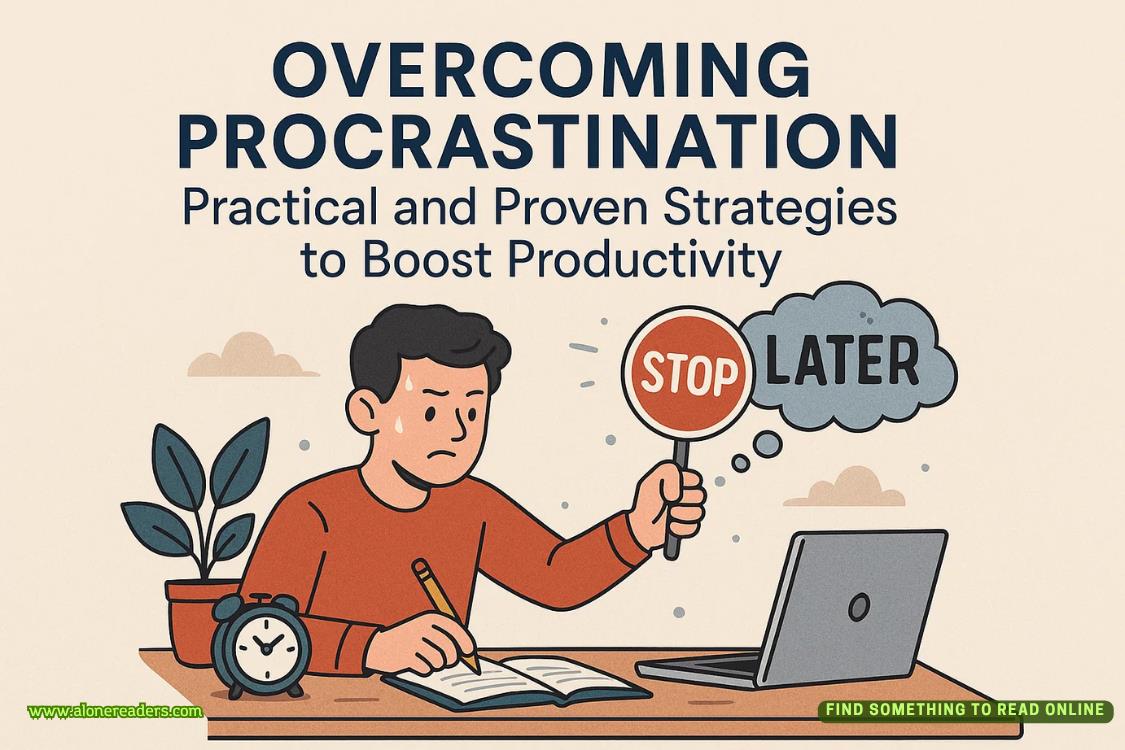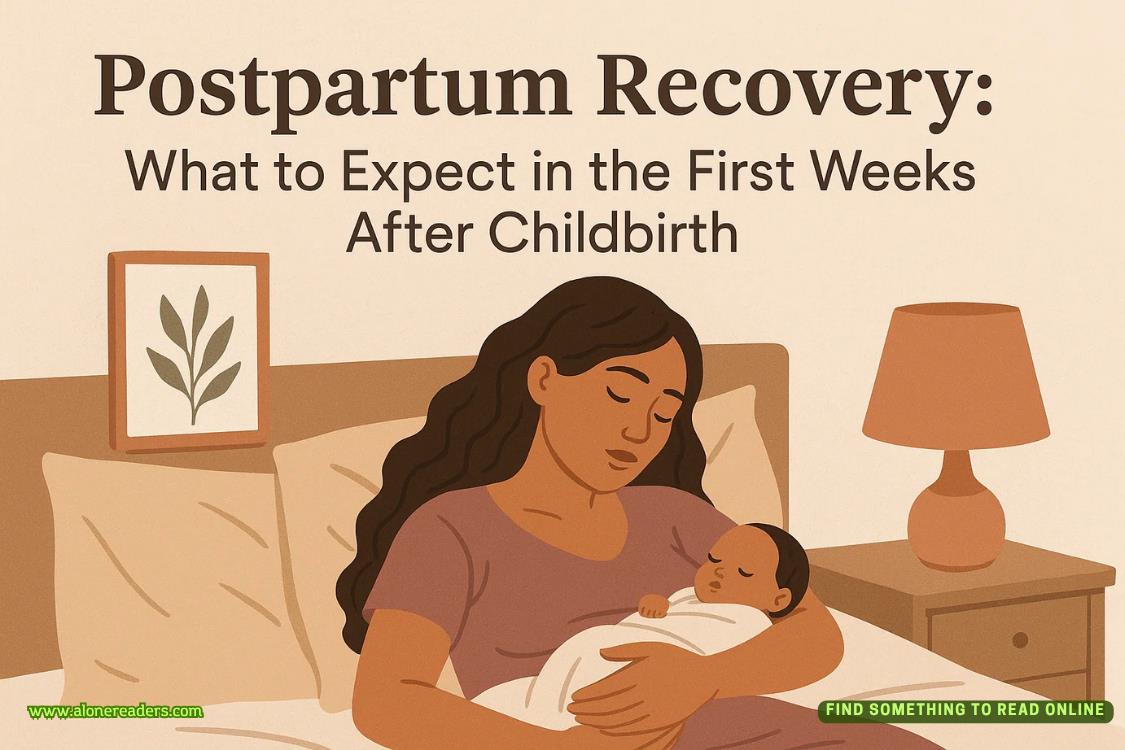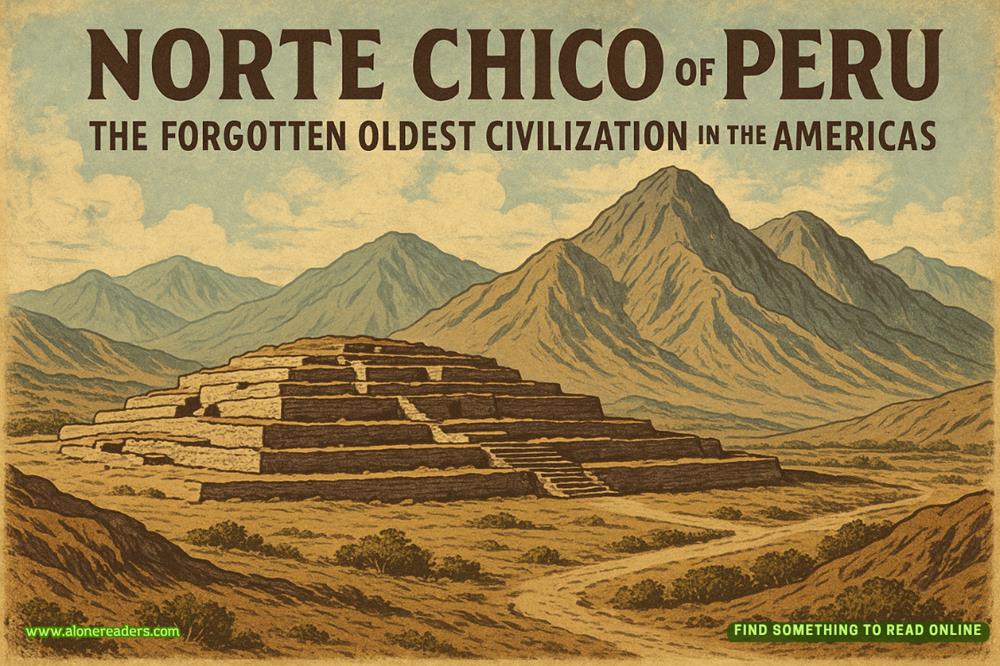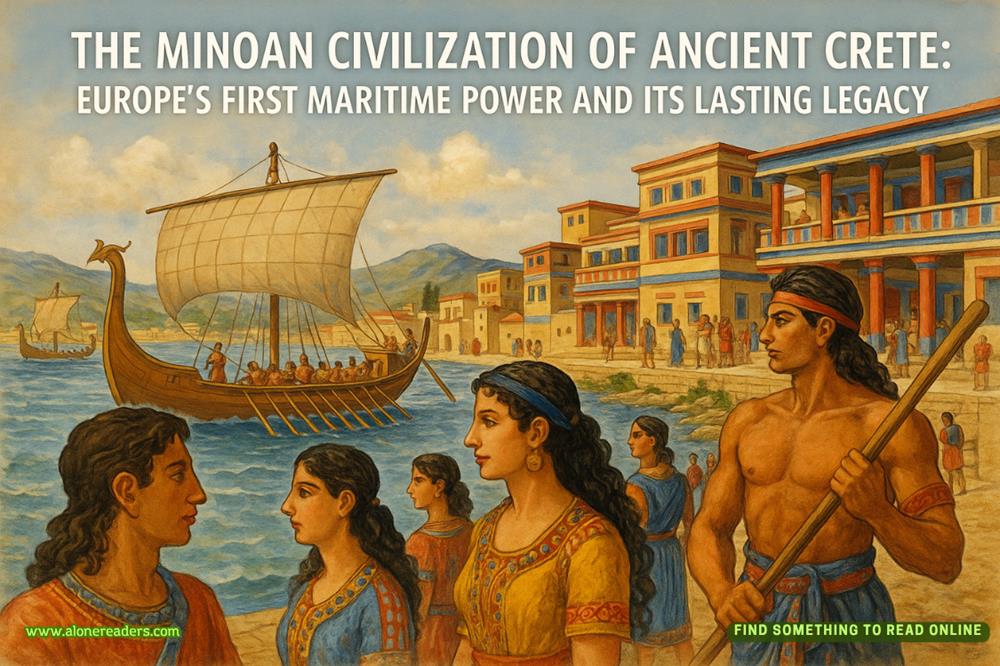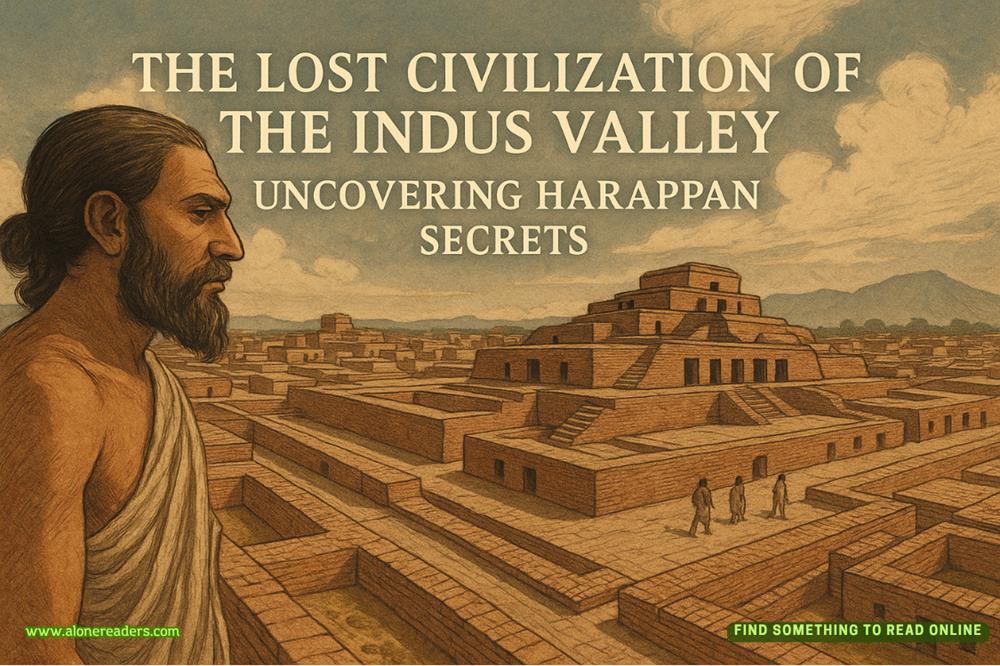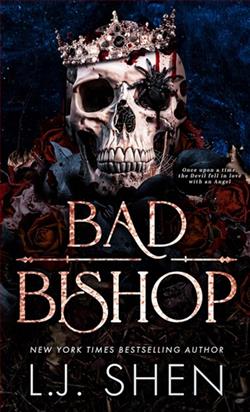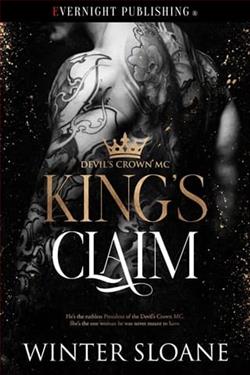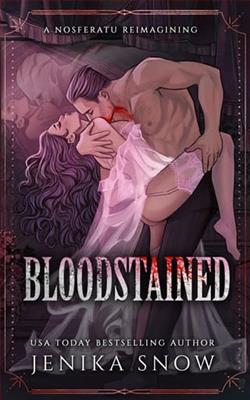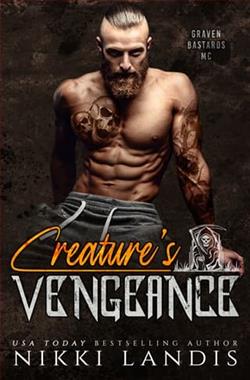Page 196 of A Winding Wave of Magic
Caomhán turned back to me, and his twinkling eyes sharpened some. “Whatever you do, cousin, keep your secrets to yourself. Penny had been lost for an age—well before she ever came home to the islands. They don’t know that she was here, and they don’t know where she was with you. Your past is the only thing that belongs to you. Use your man there, and keep it safe.”
I nodded. “I understand.”
“Promise me,” he said.
“She doesn’t have to promise you anything,” Jonathan said, but Caomhán wasn’t deterred.
“Promise,” he repeated. “Keep safe. You’ll try?”
I nodded. “I promise.”
He pressed a kiss on my cheek, through which I felt several ill-mannered jokes at Jonathan’s expense.
“Tell him the good ones,” he told me, and then he was gone.
And now, it seemed the only thing left was for me to go as well.
54
BRÚ NA BÓINNE
There is no country on earth in which either education, or the desire to procure it, is so much reverenced as in Ireland.
— WILLIAM CARLETON, “THE POOR SCHOLAR”
“Well, it’s not Ogham. Not quite, anyway.”
Inside a canvas tent billowing in the middle ofBrú na Bóinne—otherwise known as the Boyne Valley, approximately forty-five minutes northwest of Dublin—Rachel Cardy grinned at the three people surrounding her with the delight of an extrovert who thrives on attention.
If there was ever a truer siren, I couldn’t imagine it.
Outside, the rain beat on the sides of the tent like a ticking clock—a stubborn reminder that our time here was limited. Jonathan and Robbie both turned, eyes sparking with magic, to the piece of parchment scratched with a system of lines or maybe runes and held between two pieces of glass meant to preserve specimens. I drew my fisherman’s sweater tighter around my shoulders.
I had been surprised at first when Jonathan had insisted on the detour after the privately chartered Cessna from Galway had landed at a tiny airfield outside of Dublin. But Rachel, he insisted, would have some insight on the parchment retrieved from Gran’s box.
A call had revealed that she had been asked to advise an archaeological dig in the valley, and so a driver had taken us to the site instead of the college.
Twenty-four hours after Jonathan and I had managed to retrieve it from the old recipe box, I was already starting to hate this bit of ancient writing. Both Robbie and Jonathan insisted that it be kept in the box when we weren’t looking at it. Unfortunately, the protection spell reset every time it closed, which meant that each time someone wanted to see it, Jonathan and I had to dive back into a terrifying black hole of oblivion. It was like falling down the rabbit hole but with a lot more horror and much less fancy.
“We know,” Jonathan confirmed. “But it’s coded. Even Robbie can’t read it.”
It was true. On the drive from Galway, we had stopped at a remote pond, where I had waded waist-deep with Jonathan’s hands at my hips while I cupped the parchment in my hands, asking for its history. But not a single image from the parchment’s past appeared. Beyond a few murmurings, it had been wiped good and clean.
“That’s because it’s at least a thousand years older than the great big rocks inscribed with names and boundaries around Munster,” Rachel replied. “Think about how quickly Irish evolved, even in modern times. I’d wager this is much older than the primitive era, even. It certainly feels that way.”
Robbie nodded. “What do you think, then? A proto-Goidelic form?”
My spirit fell. If this was a mysterious Bronze-Age language, we’d get nowhere. Only a few had ever been decoded, and even those lexicons were incomplete.
Rachel, however, didn’t seem perturbed. “Hard to say. But if it is a form of ancient Ogham, it rather confirms James Carney’s theory, doesn’t it?” She turned to me, eyes gleaming.
I understood why. The arguments about when Ogham was invented were well cataloged. Some scholars thought that because its heyday took place between the fourth and sixth centuries AD, it was a translation of Latin into Irish forms for the transmission of Christian ideas. Others argued that it was developed before the influx of Christianity as a way for druids to communicate outside Roman purview. Still others believed it was an earlier version of Germanic runes, imported or developed during the first millennium BC, sometime after the arrival of the Celts, but no material evidence had ever been found for that theory. If this was even older, it would be a scholarly coup, no matter what it meant for the fae community.
I stared at the parchment as I went through all of these possibilities out loud.
“You’re forgetting one last theory,” Rachel pointed out.
Robbie snorted. “Rachel, come on with you. Macalister’s ideas have been thoroughly debunked. Ogham isn’t a finger system imported from Italy. It’s obviously transcribing ancient Celtic phonemes.”

